Four great tips for cooking with backyard eggs
Back to blog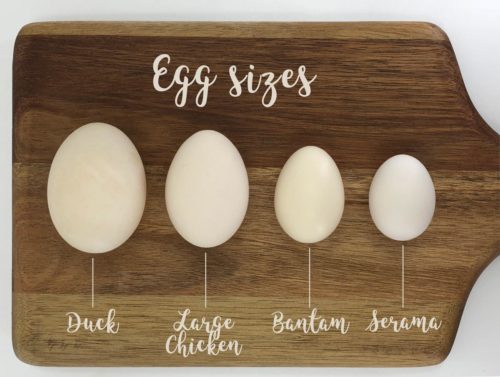
If you're new to keeping chickens, it can take some time to get used to how different your fresh, backyard eggs are from store bought factory farmed eggs.
You doubtless know about the nutritional differences: your eggs will be far better. And it won't be difficult to get used to the improved taste, either (although one of the secret dangers of keeping chickens is that you won't want to eat factory eggs EVER again).
The color can be pretty surprising: the yolks are a nice, rich, golden orange color as opposed to the pale yellow in factory eggs. But there are some things that you may not immediately be prepared for.
Cooking with your new eggs is not a problem. After all, when you're making scrambled eggs---or stirring eggs into fried rice, or making egg drop soup---it really won't matter that much if you use four medium rather than four large eggs.
It's baking where you may have some problems, because your backyard eggs may be many different sizes. In baking, the quantity of everything matters a lot more than it does in cooking. Too much moisture in your cake batter (from too much egg) can cause it to fall or not bake through... or it might finish with an eggier flavor than you wanted. Not enough egg can cause your product to be dry or dense, or even just not rich enough. You'll want to be aware of egg size classifications if you bake a lot.
Here are commercial egg size classifications in the US:
- 1 peewee/bantam egg - 1.25 ounces
- 1 small egg - 1.50 ounces
- 1 medium egg - 1.75 ounces
- 1 large egg - 2 ounces
- 1 extra-large egg - 2.25 ounces
- 1 jumbo egg - 2.50 ounces or greater
Remember, these are the commercial size classifications for eggs in the US, but your backyard eggs can vary even from those classifications. For instance, bantam seramas may lay eggs that only weigh 3/4 of an ounce or so!
Here are 4 great tips for cooking with backyard eggs:
1.) Don't worry! You probably won't have to change the way you cook most of the time. You may have to fix two over-easy bantam eggs rather than one over easy jumbo egg, but how easy is that? EASY.
2.) If you bake, get an egg or kitchen scale. I love my vintage egg scale, but there are some really cute new egg scales available, too (and they may be more accurate than an old, rusty scale!) A regular kitchen scale will work nicely, of course, presuming you have a way to keep the egg from rolling off. :)
Remember, too, that when a young pullet first begins to lay, her first backyard eggs will be smaller for a while. It takes some time for the eggs to attain the full size that the breed lays in maturity, so your egg size will probably grow in the first year or two. Don't get it in your head that your flock always lays medium eggs just because that's what they laid when they first started!
3.) Be aware that the right number of eggs to use in your recipe isn't always the number of eggs listed in the recipe. I know that's weird. But the reason is that unless otherwise specified, published recipes in the US refer to large eggs. That means that if your lemon tart calls for 3 eggs and your flock lays peewee/bantam sized eggs, you'll have to use 5 of your backyard eggs to equal the number of eggs the recipe is calling for. You can do the math easily enough, but here is a table of approximate conversions that could help, too:
Approximate conversions:
| Eggs called for in recipe: | 1 | 2 | 3 | 4 | 5 | 6 | 7 | 8 |
| Bantam or Peewee | 2 | 3 | 5 | 6 | 8 | 10 | 11 | 13 |
| Small | 1 | 3 | 4 | 5 | 7 | 8 | 9 | 11 |
| Medium | 1 | 2 | 3 | 5 | 6 | 7 | 8 | 9 |
| Extra Large | 1 | 2 | 3 | 4 | 4 | 5 | 6 | 7 |
| Jumbo | 1 | 2 | 2 | 3 | 4 | 5 | 6 | 6 |
4.) Vive la difference! Enjoy the size differences in your flock's backyard eggs. Sometimes bantam eggs are awesome. There is nothing cuter than tiny deviled eggs, tiny pickled eggs, or tiny hard boiled eggs. (Okay, there may be something cuter in the world, but you get the idea.) If you're making anything served up as individual eggs, using bantam eggs can really be darling. On the other hand, serving up a fist-sized scotch egg, or making a three egg omelet with ONLY ONE egg can be fun, too.
Do you have any cooking tips for backyard eggs? Please share your advice in the comments!
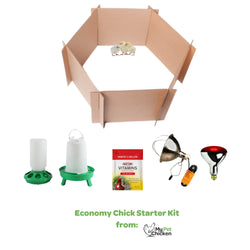
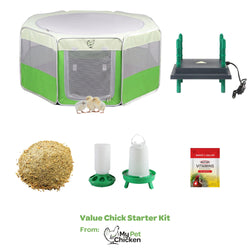
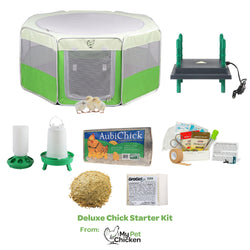
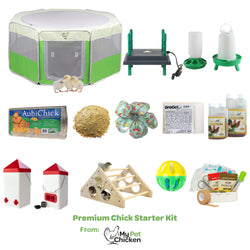
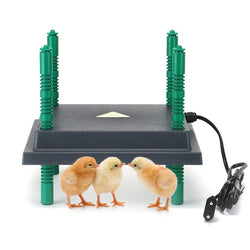
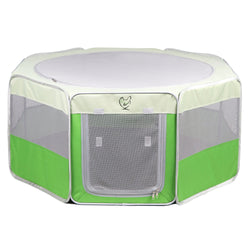
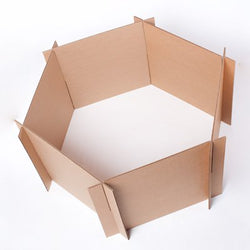
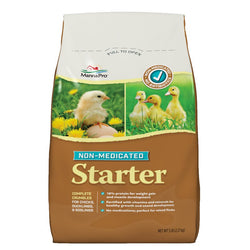
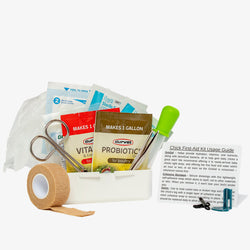
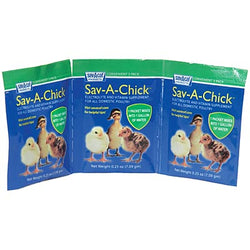
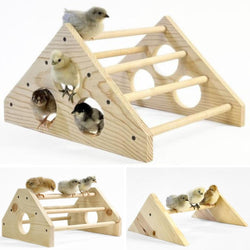
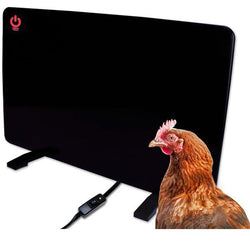
1 comment
Don’t try making deviled eggs with day old eggs! You will make yourself crazy trying to remove the shell. If I have an event coming up with deviled eggs on the menu, I set aside a carton in the fridge for a week or so just for that purpose. Be sure to label the carton so they aren’t accidentally used for another purpose.